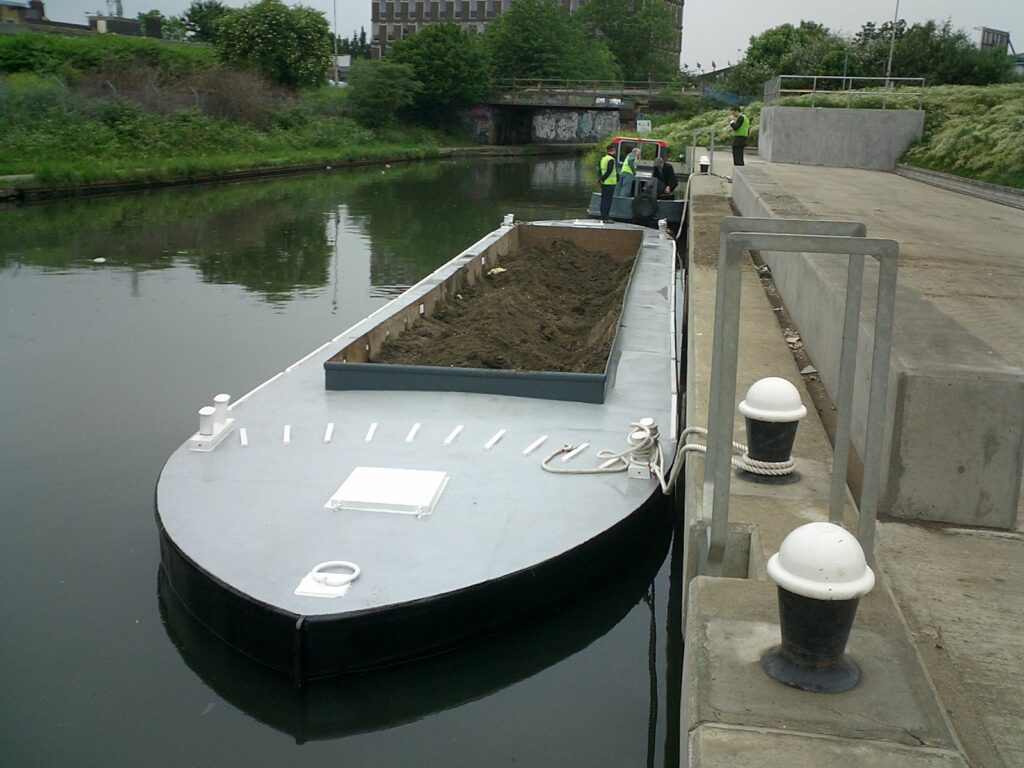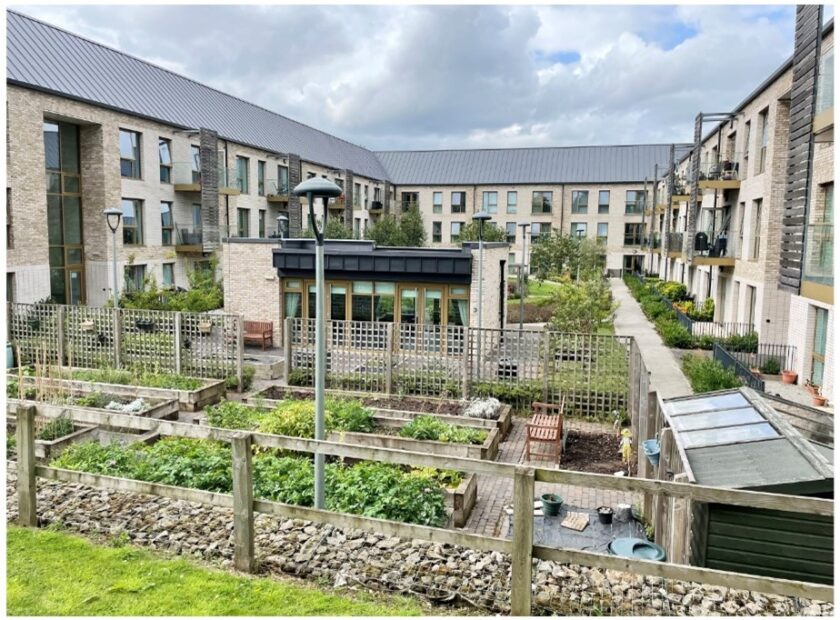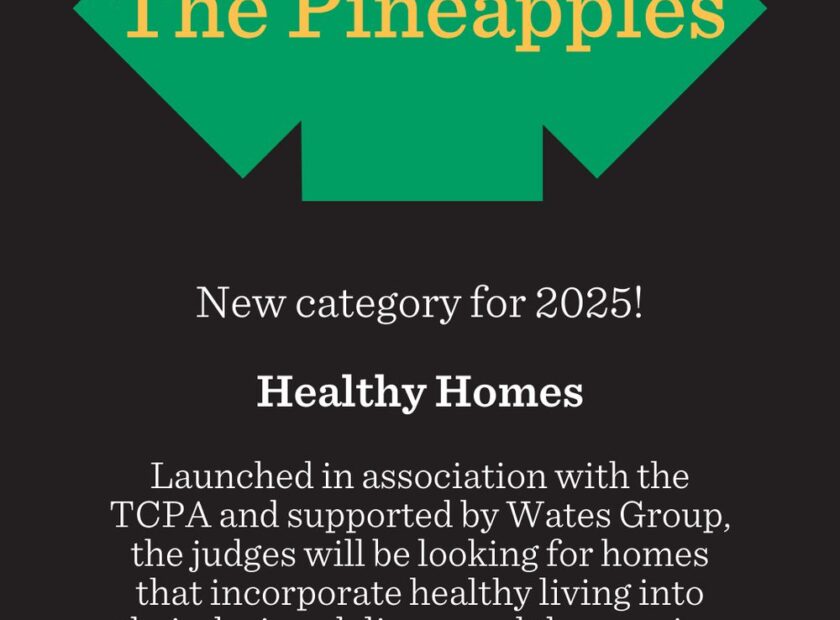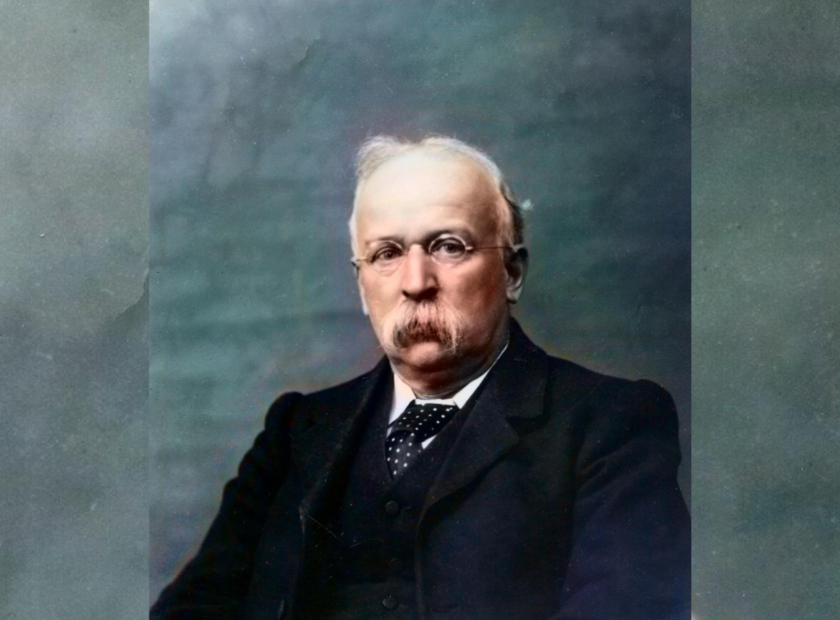Our inland waterways are an underutilised mode of transport infrastructure, but lack of access to the waterside in new developments is a real blocker
Gerry Heward, Chair of the Inland Waterways Freight Group
Many industrial waterside areas that supported the Industrial Revolution have been redeveloped as the UK’s economy moved from manufacturing to logistics and distribution.
The pressure to build more houses is only increasing and many industrial brownfield sites have been redeveloped for housing with a waterside premium. This trend has made it increasingly difficult for inland waterways freight operators to find suitable access points and wharves for loading and unloading. This makes it harder to provide waterways freight services to potential customers.
The Inland Waterways Association (IWA) feel that planners have an overlooked but significant role in being part of a solution to this problem.
Through our major ports, the UK imports approximately 426 million tonnes of goods annually: all of which is distributed through logistics.
We need an integrated transport strategy that utilises road, rail and waterways freight transport.
The logistics sector contributes £185 billion to the economy annually and employs 8% of the UK’s workforce. However, congestion and delays, lack of investment and freight transport capacity result in inefficiency. The World Bank Logistics Productivity Index shows that the UK has slipped from 4th to 19th in the last decade.

We need an integrated transport strategy that utilises road, rail and waterways freight transport for the efficient movement of goods around the country. IWA’s Freight Group has identified how to exploit our inland waterways as an underutilised mode of transport infrastructure that reaches most major towns and cities in the UK, but lack of access to the waterside in new developments is a real blocker.
Barge transport makes so much sense: the 5000 miles of ‘track’ already exists, albeit in need of maintenance.
Barge transport makes so much sense: the 5000 miles of ‘track’ already exists, albeit in need of maintenance. It is considerably more environmentally friendly than road or rail per tonne, helping to achieve net zero targets. Moving goods by barge uses only 17% of the energy required by road, and 50% of the energy require by rail.
What can planners do?
We ask planners to consider these points when examining transport and waterside plans and include the potential for waterways transport along with rail and road.
Moving goods by barge reduces road traffic congestion and uses only 17% of the energy required by road.
Inland waterways need more wharves, access points and hard standing areas dedicated to waterway freight and waterway maintenance use and not surrounded by housing with the inevitable resident conflict. If considered early enough, these problems are not insurmountable and can be considered within the planning system.
These wharves also need to connect into the road and rail network to provide a fully functioning multi-modal transport network.
There are costs to business as usual: It is estimated that road traffic congestion will cost British business £18m during 2025 and increase kerbside pollution in urban areas.
Moving more freight by barge reduces road congestion and fewer HGVs will reduce road traffic accidents.
As road traffic and pollution continue to rise, we hope planners and policymakers will recognise the value of barge transport and ensure our waterways are part of a sustainable future.




